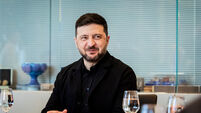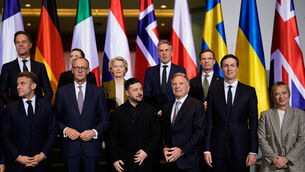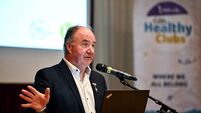Solar-powered airplane set for takeoff
Adventurer Bertrand Piccard, 51, yesterday unveiled the Solar Impulse, which aims to be the prototype for a solar-powered flight around the world.
“Yesterday it was a dream, today it is an airplane, tomorrow it will be an ambassador of renewable energies,” said Piccard, who in 1999 co-piloted the first round-the-globe balloon flight.














